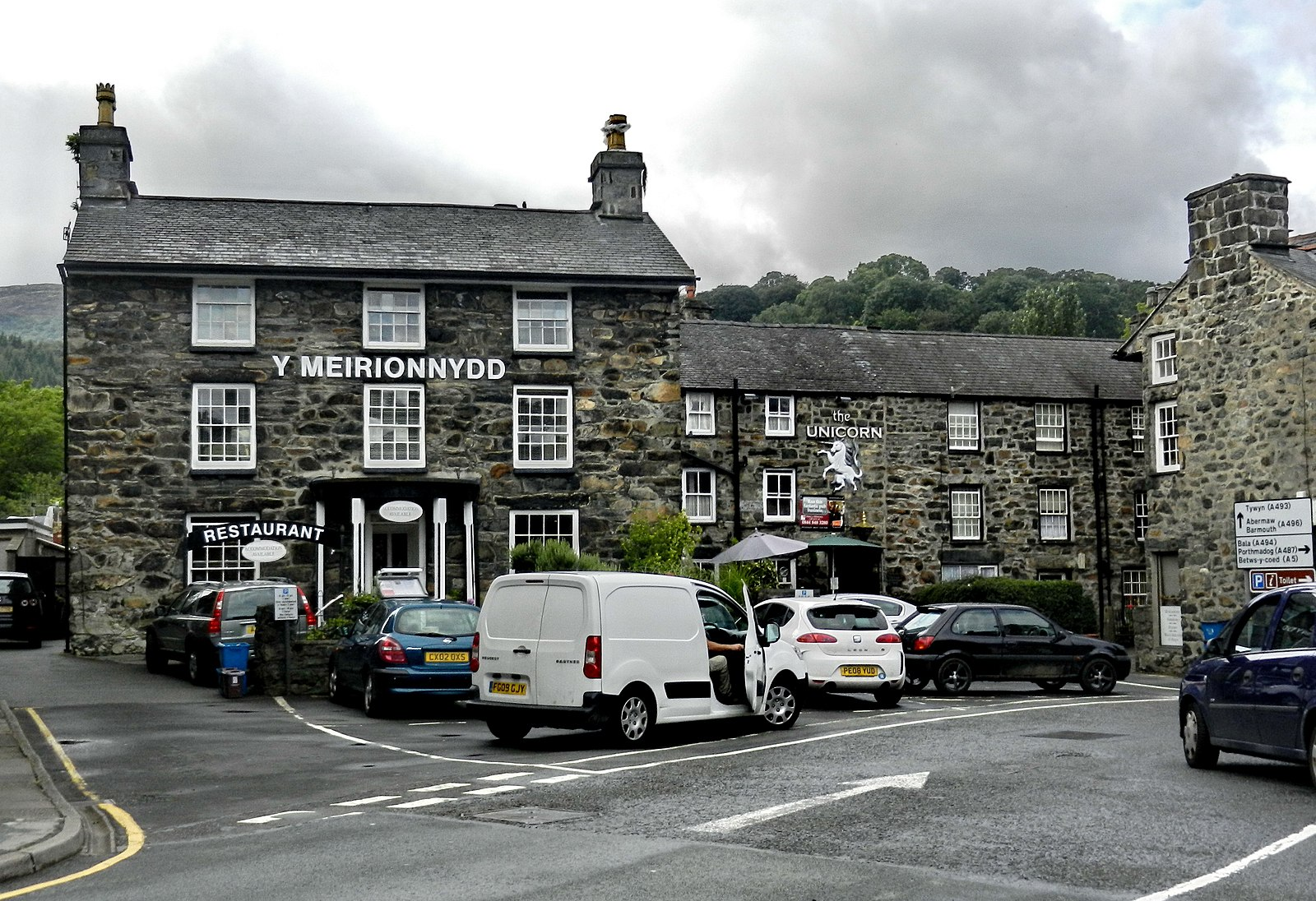Peter Williams, 1773
In the 1560s a theological division between John Calvin and Jacobus Arminius set reverberations in the then nascent Protestantism that have continued to echo through history. (They didn't meet: Calvin died in 1564 when Arminius was just four years old.) Simplistically, Calvin taught that God had predetermined the spiritual destination - whether to heaven or to hell - of every person ( Wiki ). Arminius taught that Calvin's view 'made God the author of evil'. He asserted, to the contrary, that God gave people a choice between damnation and salvation. ( Wiki ). By the time of our putative heretic these twin tracks had cut deep grooves in church history. Charles Wesley, the Methodist leader, was firmly Arminian with his evangelical emphasis on individual choice. In 1745 Peter Williams was ordained deacon in the Church of England (which then encompassed Wales). He served as curate in Eglwys Gymyn, Swansea, Llangrannog, and Llandysilio Gogo. His affinity with Methodism ...
